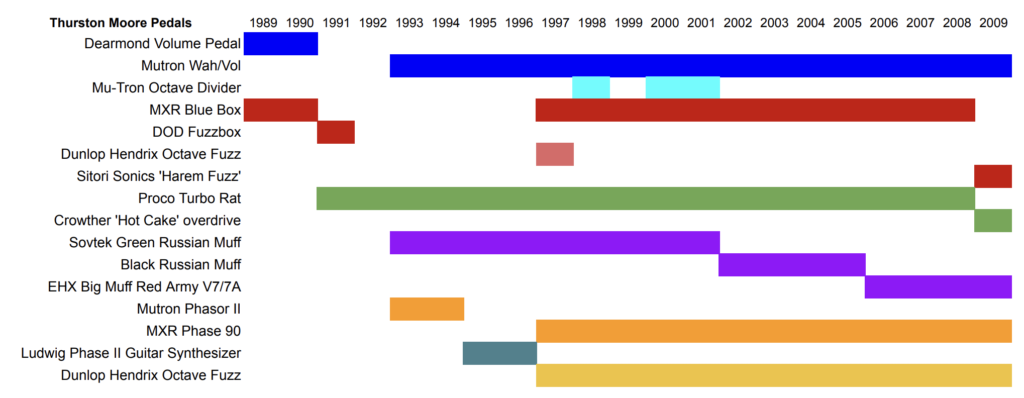
As a member of the Reverb Partner Program and as an Amazon Associate, StompboxElectronics earns from, and is supported by, qualifying purchases.
Disclaimer: Stompbox Electronics and/or the author of this article is/are not responsible for any mishaps that occur as a result of applying this content.
Mu-Tron C-200 Wah/Vol (From 1993)
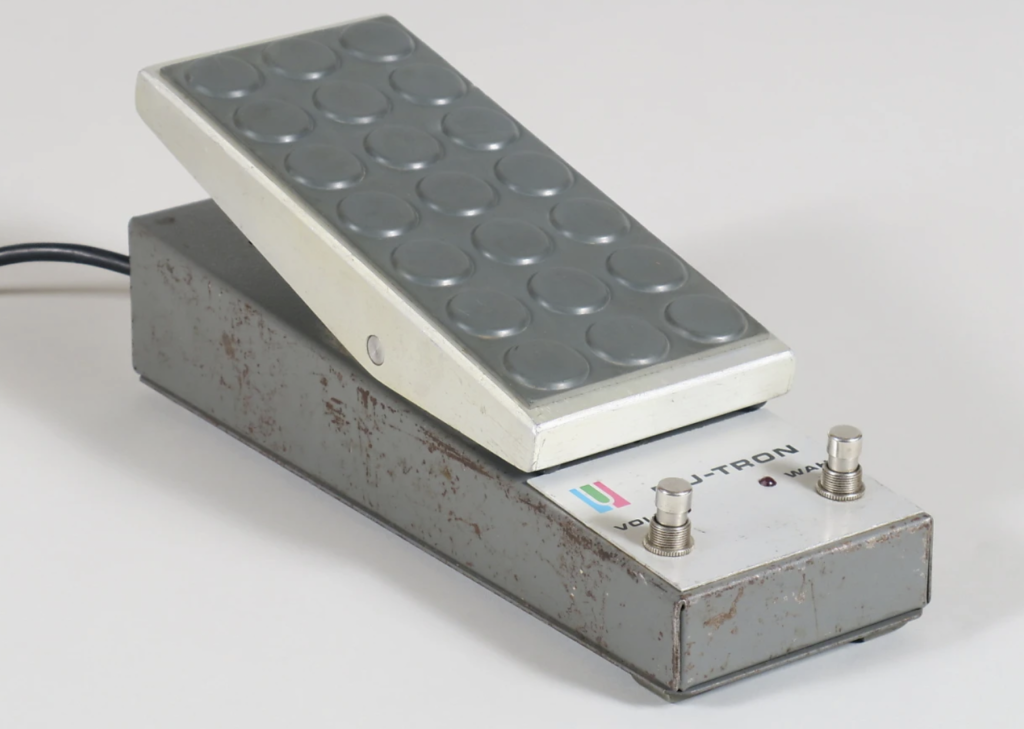
Pedals weren’t a large component of Sonic Youth’s sound until the late 1980s. Even then their use was minimal and limited to wahs and fuzz. The Mu-Tron C-200 Wah/Vol found a home on Thurston’s board in 1993 and, until recently, has been a stable of his sound.
An example of the C-200 is heard in the song “Rain on Tin” off the album Murray Street (2002). In this case, though, it was actually used by Lee as an embellishment on the harmonics.
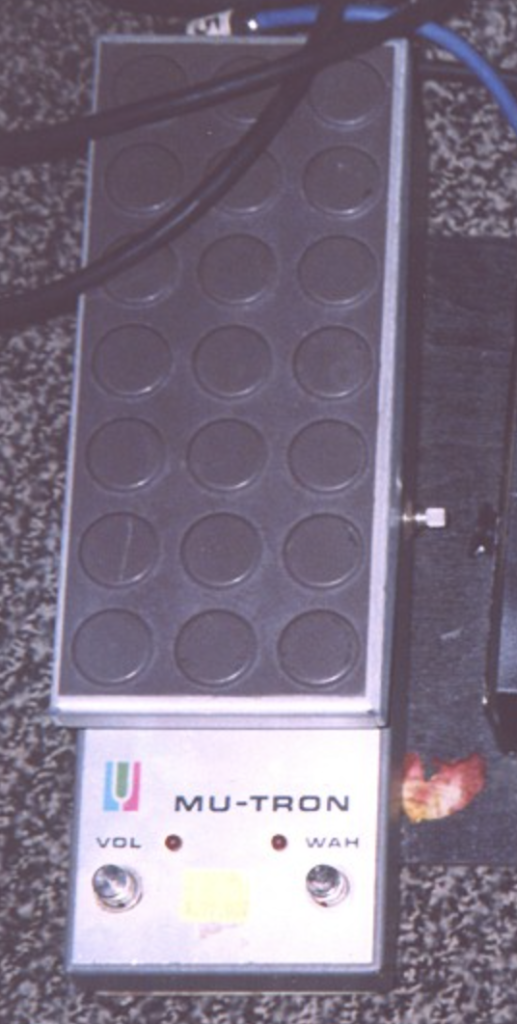
The C-200 is powered via a 120V power cord and hosts two modes: Vol and Wah. Here’s a short video demonstrating each mode, starting from Wah mode then switching over to Vol mode at about 1 minute in:
Thurston also used the DeArmond Volume Pedal from the late 80s until around 1993, while Lee and Kim seemed to use the Dunlop Cry Baby during the late 80s, as heard in the beginning of “Pipeline/Kill Time” on Sister (1987).
MXR Blue Box (From 1989)
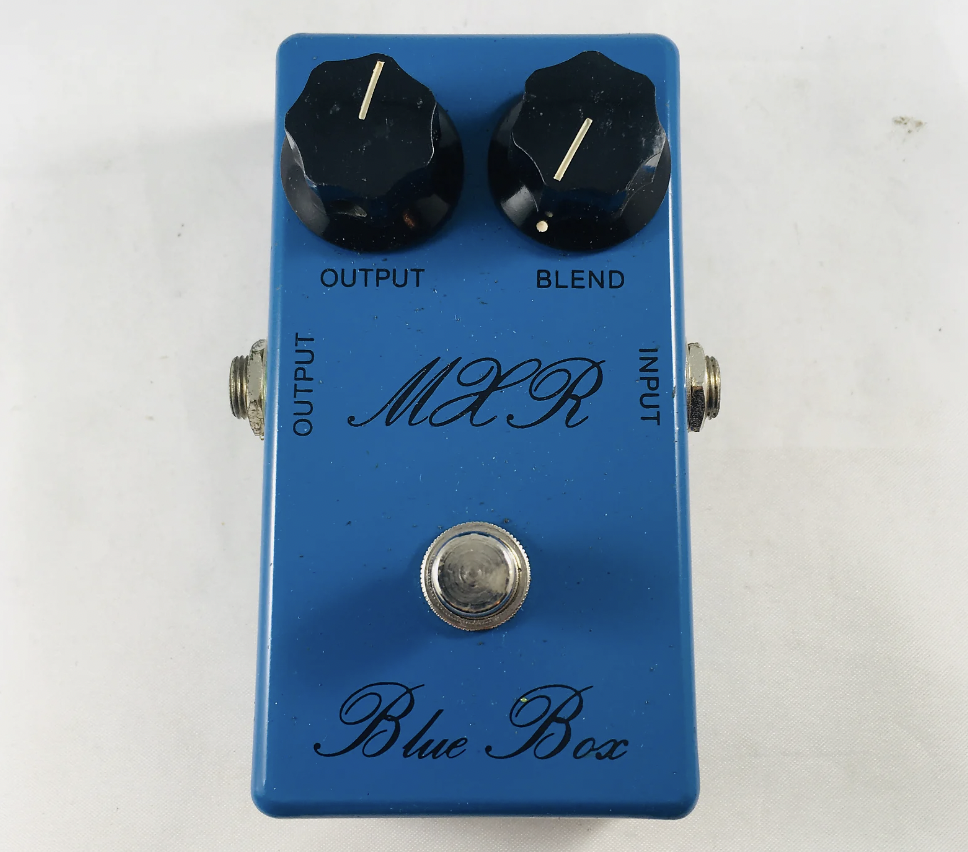
The MXR Blue Box pedal was introduced to Thurston’s pedalboard around 1989. The most immediate example of it’s usage in “Chapel Hill” on Dirty (1992) around the 2:30 mark.
You can hear other samples of it on many late 90s Sonic Youth songs, especially on Anagrama (1997) and A Thousand Leaves (1998). The Blue Box has been a staple Thurston pedal until around 2009.
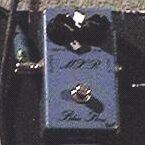
The Blue Box is a 2-octave down fuzz pedal built around a CD4013 chip. It’s interface is super simple: an Output level control and a Blend control. At noon, the Blend control mixes the dry and fuzz signals equally. Setting it all the way clock-wise gets you 100% fuzz.
Octave fuzz pedals need to “follow” the input guitar signal in order to produce the octave sound. This action is often referred to as “tracking.” After personally using the Blue Box, I can say the pedal alone doesn’t have the best tracking nor sustain, and has a bit of tone suck. Overall, though, it’s an interesting and unique octave fuzz.
ProCo Turbo Rat (From 1991)
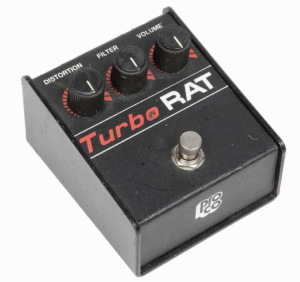
From the photos I’ve seen, the ProCo Turbo Rat scurried into Moore’s pedalboard case around 1991. It must have felt comfortable, since the Rat has been seen on Thurston’s board as recent as 2022.
The Turbo Rat can be heard on many Sonic Youth albums – most certainly it’s used all over Dirty (1992). Here’s a performance of “Sugar Kane” off that same album:
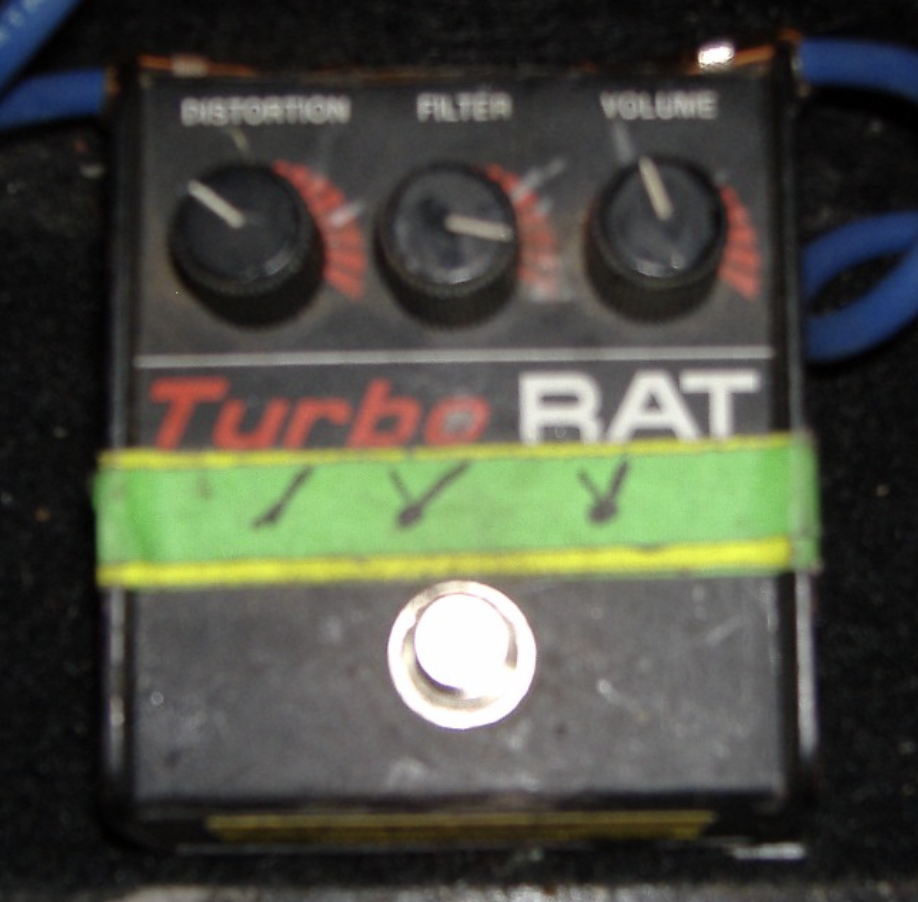
Thurston explained in a 2022 interview with Guitar World that he never uses his Hendrix Octave Fuzz without stacking it with the Rat. He places the Octave Fuzz in front of the Rat, so stacking them equates to creating the octavey goodness and slamming it into the Rat’s massive gain stage.
Electro-Harmonix Big Muff (From 1993)
Sovtek Green Russian Big Muff Pi
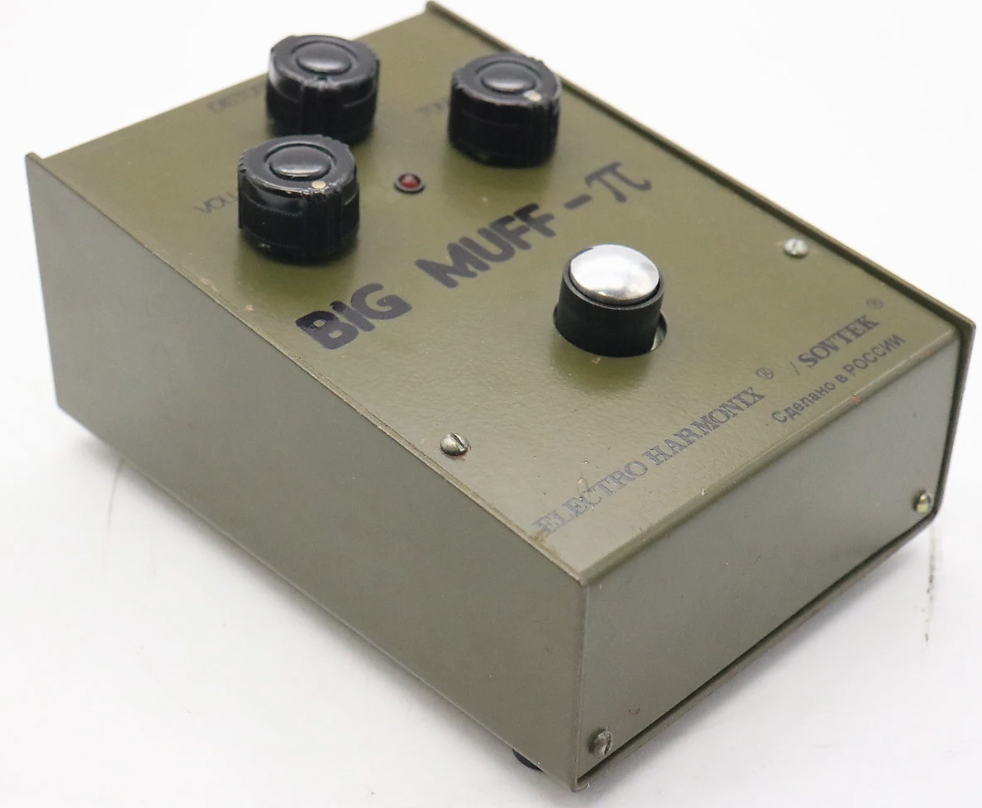
There are four distinct “eras” of Big Muff usage for Thurston Moore. The first appearance of the Muff was the Sovtek Green Russian around 1993. The albums written during the time Thurston used the Green Russian were:
- Experimental Jet Set, Trash and No Star (1994)
- Washing Machine (1995)
- A Thousand Leaves (1998)
- NYC Ghosts & Flowers (2000)
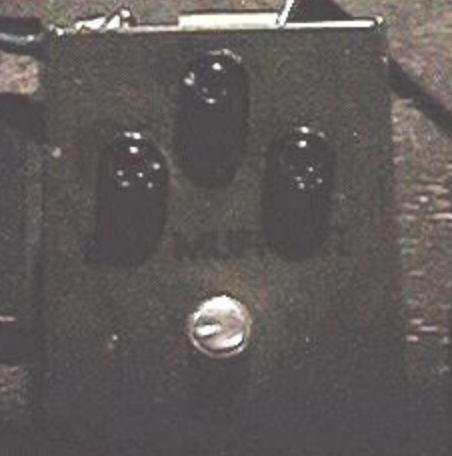
EHX Black Russian Big Muff Pi
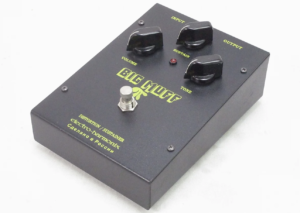
Moore used the Green Russian until about 2001 when he opted to start using the Black Russian Muff. This era lasted until 2005, which spanned just two albums: Murray Street (2002) and Sonic Nurse (2004).
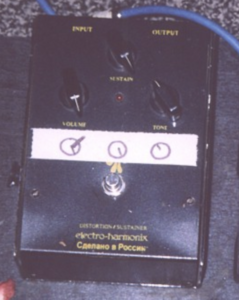
Sovtek Civil War Russian Big Muff Pi
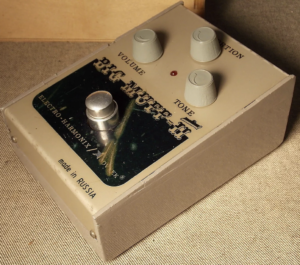
From 2006, Moore replaced the Black Russian Muff with the Sovtek “Civil War” Big Muff, which is similar to the Green Russian he used in the 90s. Another two albums were released during the “Civil War” era: Rather Ripped (2006) and The Eternal (2009).
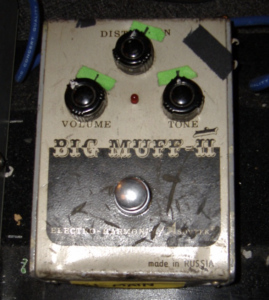
EHX Metal Muff with Top Boost
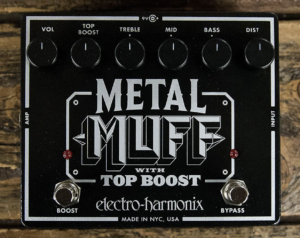
The most recent usage of Muff has been the EHX Metal Muff with a top boost. It expands the standard Muff tone stack from one single Tone knob to a three-band EQ. Additionally, it’s fitted with a Top Boost control which can put a bite into solos and lead parts.
In a 2022 Guitar World interview, Moore noted that he uses the Muff to “tear people’s faces off.”

MXR Phase 90 (From 1997)
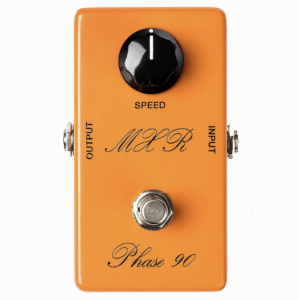
Up until 1997, Moore didn’t use many phaser effects. The closest effects amount to guitar synthesizers, like the Ludwig Phase II Guitar Synthesizer used on “Diamond Sea” in 1995 on Washing Machine. The MXR Phase 90 was first spotted on Moore’s pedalboard in 1997 and has been a staple ever since.
Most likely the Phase 90 was used on “Female Mechanic Now On Duty” from A Thousand Leaves (1998) using an extremely slow rate setting.
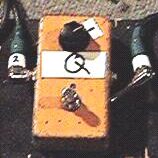
Dunlop Jimi Hendrix Octave Fuzz (From 1997)
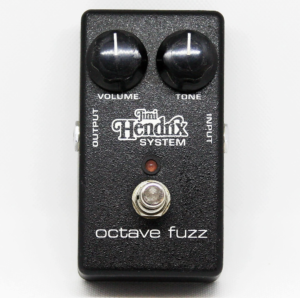
Lastly, we have the (now discontinued) Jimi Hendrix Octave Fuzz, appearing in Moore’s chain around the same time as the Phase 90. As noted in the Turbo Rat section above, Moore never really uses the Octave Fuzz without stacking it.
While the MXR Blue Box made an exit from Thurston’s board around 2009, he’s kept Hendrix Octave Fuzz around as recently as 2022, according to an interview with Guitar World.

Meet the Author:

Hi, I’m Dominic. By day, I’m an engineer. By night, I repair and modify guitar effects! Since 2017, I’ve been independently modifying and repairing guitar effects and audio equipment under Mimmotronics Effects in Western New York. After coming out with a series of guitar effects development boards, I decided the next step is to support that community through content on what I’ve learned through the years. Writing about electronics gives me great joy, particularly because I love seeing what others do with the knowledge they gain about guitar effects and audio circuits. Feel free to reach out using the contact form!

